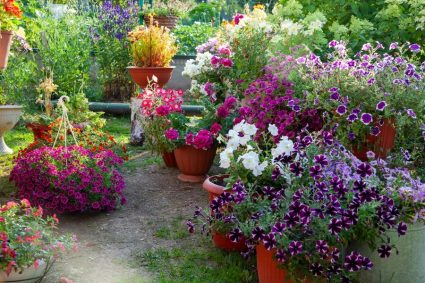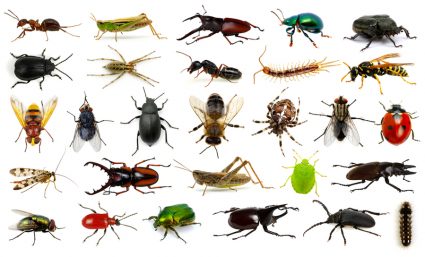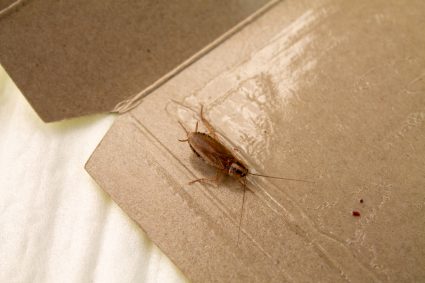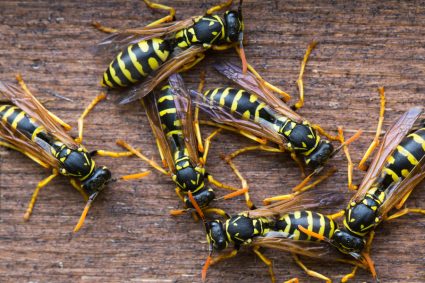
In a world increasingly aware of the harmful effects of chemical pesticides, many gardeners and homeowners are seeking natural solutions to keep pests at bay. One of the most effective and environmentally friendly methods is to use plants that naturally deter pests. This comprehensive guide will delve into the types of plants that repel pests, how they work, and how to use them effectively in your home or garden.
Plants that repel pests include basil, lavender, lemongrass, mint, rosemary, and catnip. These plants deter pests through their scent or through the release of certain chemicals. However, simply having these plants in your garden won’t necessarily keep pests at bay, in most cases, the repellent chemicals need to be extracted and applied directly to be effective. It’s also important to note that some of these plants can be harmful to pets and children.
Why Use Pest-Repelling Plants?
Pest-repelling plants offer several advantages over commercial pesticides. Not only are they safer for the environment and non-target organisms, but they also contribute to the overall health and diversity of your garden. Furthermore, they are often more cost-effective and require less maintenance than synthetic pesticides.
Plants that Naturally Repel Pests
There are several plants known for their pest-repelling properties. Here are some of them:
- Basil: This aromatic plant repels flies, mosquitoes, carrot flies, asparagus beetles, and whiteflies.
- Lavender: Known for its beautiful scent, lavender can keep away fleas, moths, mosquitoes, and many other insects.
- Lemongrass: Contains citronella, a compound known for its mosquito-repelling properties.
- Mint: Repels various pests but should be grown in pots as it can spread aggressively.
- Rosemary: Effective against cabbage looper, carrot fly, mosquitoes, and many other pests.
- Catnip: Repels ants, flea beetles, aphids, and cockroaches among others.
How Do These Plants Work?
These plants deter pests through their scent or through the release of certain chemicals. For example, the scent of rosemary can confuse pests’ sense of smell, making it harder for them to locate their preferred food sources. In some cases, these plants can also attract beneficial insects that help control pests in the garden.
Using Pest-Repelling Plants Effectively
To maximize the pest-repelling qualities of these plants, consider the following strategies:
- Plant Combinations: Certain plants can be grown together to deter pests. For example, marigolds can be grown amongst tomato plants to deter greenfly and blackfly.
- Companion Planting: This is a method of planting where different varieties of plants are inter-planted to enhance growth or aid in pest control.
- Use of Essential Oils: Certain essential oils can also help repel pests.
Common Misconceptions About Pest-Repelling Plants
It’s important to note that simply having these plants in your garden or yard won’t necessarily keep pests at bay. In most cases, the repellent chemicals need to be extracted and applied directly to be effective. Furthermore, even native plants are not completely pest-free as pests can adapt to local flora.
Are Pest-Repelling Plants Safe?
While these plants can be effective in deterring pests, some can be harmful or dangerous to pets, children, and other plants. Always research each plant and keep potentially harmful plants out of reach of pets and children.
Conclusion
While pest-repelling plants are not a foolproof solution to pest problems, they can play a significant role in a broader pest management strategy. By choosing plants that repel pests and using them effectively, you can create a more balanced, healthier garden that is less reliant on synthetic pesticides. As always, it’s essential to remember that the goal should be reduction, not elimination of pests, as many insects play important ecological roles in nature.
Frequently Asked Questions
What are some other examples of pest-repelling plants?
Some other examples of pest-repelling plants include Marigold, which repels nematodes and many insects, Geraniums, which repel leafhoppers, and Chrysanthemums, which repel roaches, ants, ticks, silverfish, lice, fleas, bedbugs, and spider mites.
Can these pest-repelling plants be used indoors?
Yes, many pest-repelling plants can be grown indoors in pots. This can be particularly effective for repelling indoor pests like flies and mosquitoes. However, it’s important to make sure the plants receive adequate sunlight and water.
How can I extract and apply the repellent chemicals from these plants?
The method of extraction can vary depending on the plant. For many, you can create a simple spray by boiling the plant in water, straining the mixture, and adding a small amount of dish soap. This can then be sprayed directly onto other plants or areas where pests are a problem. Always do a small test spray first to make sure it won’t harm the plants.
Are there any pests that these plants attract?
While these plants are known to repel certain pests, they can sometimes attract others. For example, mint attracts beneficial insects like bees and butterflies, but can also attract pests like aphids. It’s always a good idea to research each plant thoroughly to understand its potential benefits and drawbacks.
Can these pest-repelling plants replace the use of all commercial pesticides?
While these plants can help reduce the need for commercial pesticides, they are unlikely to completely replace them, especially in larger or more heavily infested areas. They should be seen as a part of an integrated pest management strategy, which can include a combination of biological, cultural, physical, and chemical controls.










